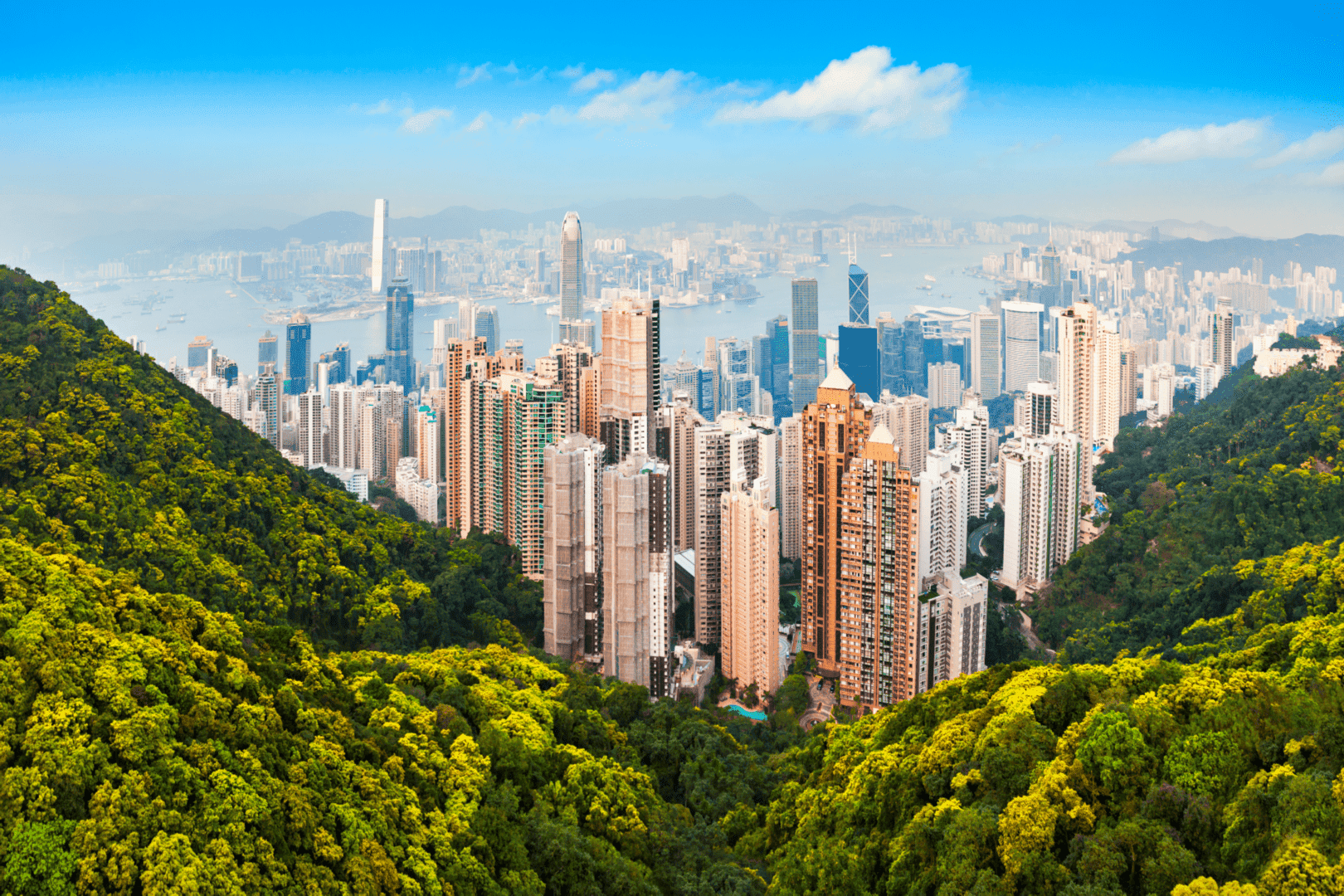EY refers to the global organization, and may refer to one or more, of the member firms of Ernst & Young Global Limited, each of which is a separate legal entity. Ernst & Young Global Limited, a UK company limited by guarantee, does not provide services to clients.

Policies on opening up markets, technology and innovation, infrastructure, and resource mobility will create new growth engines.
The Greater Bay Area (GBA) is a city cluster well poised for success. Encompassing nine cities in Guangdong province and the Special Administrative Regions (SARs) of Hong Kong and Macau, it has many strengths and advantages. In the Outline Development Plan (the Outline) released in February 2019 by the State Council of the People’s Republic of China, four areas are laid out as key priorities for upcoming government policies supporting the GBA. These four areas are: further market opening-up, technology and innovation, infrastructure upgrade, and talent and capital mobility enhancement. The objective of these policies is to transform the GBA into a more efficient market by opening up and building internal connectivity within the region.
Four core cities – Hong Kong, Macau, Guangzhou and Shenzhen, have been designated to take on specific roles as the GBA develops. Hong Kong is expected to enhance its role as an international finance center while building its capabilities in technology and innovation. Macau is to make further progress as an international center for tourism and leisure and as a cultural exchange hub. Guangzhou has been designated as a national top-tier gateway city and an international transportation and commerce hub. Shenzhen is to expedite its transformation into a capital of innovation and creativity with a global influence.
Further market opening-up
The core cities are expected to play a large role in the wider national strategy to open up the markets in the GBA.
Hong Kong is well positioned for this, as it can leverage its status as an SAR. Its role as an international financial center in the GBA is expected to be enhanced in various fields such as continuing to grow the offshore RMB market, providing international asset-management services, facilitating foreign investment into the mainland, helping mainland companies go global and developing green bond certifications.
Hong Kong’s status as an offshore RMB center and a source of foreign investment into the mainland is also highlighted as a strength in the Outline. Over 70% of the world’s RMB payments were settled through Hong Kong.1 The city also has advantages in strengthening IP protection and related professional services in the region.
Meanwhile, Guangzhou is expected to increase its connectivity by becoming a regional private equity trading center and a future trading center on carbon emissions. Shenzhen can on the other hand leverage its strengths to become a center for cross-border insurance product innovation.
Integrating the economy and technology
The Outline places great emphasis on developing the GBA into a technology and innovation hub. Clearly driving such transformation, Shenzhen invests more than 4% of its GDP annually on R&D. The other three core cities also have a role in enabling innovation. The Guangzhou-Shenzhen-Hong Kong-Macau technology and innovation corridor hosts a variety of projects which continue to undergo expansion, such as the Hong Kong-Shenzhen Innovation and Technology Park and the Traditional Chinese Medicine Science and Technology Park in Zhuhai, a city in Guangdong province.
Additionally, the Outline highlights the in-depth integration of the internet, big data and artificial intelligence into the real economy as a government objective. This is expected to boost the manufacturing industry and drive transition in production toward R&D, design branding and high-end technologies.
To further such integration, in 2019, high-end foreign talent (including residents of Hong Kong and Macau) received subsidies to help offset individual income tax differentials between Hong Kong and the mainland.2 Private equity funds in Hong Kong have been encouraged to participate in the GBA, while qualified technology enterprises in return will be invited to list in Hong Kong.
Upgrading infrastructure to boost connectivity
The GBA has some of the world’s busiest seaports and airports, with large volume of cargo passing through its cities each day. In Lloyd’s List 2019 edition One Hundred Ports ranking the world’s largest container ports, three cities from the GBA were in the top 10. However, a lack of coordination in the region’s infrastructure is leading to resources misallocation.
To overcome this issue, the Outline calls for closer integration between the physical infrastructure (e.g., bridges and highways) and the institutional infrastructure (systems and information). Upgrades to the physical infrastructure are already underway. The opening of the Hong Kong-Zhuhai-Macau Bridge in 2018 helped to connect Hong Kong with other cities in the GBA, enabling the flow of cargo and talent. Furthermore, Guangzhou and Foshan are building new airports, while Hong Kong, Shenzhen, Zhuhai, Huizhou, and Macau are expanding their existing ones.
A comprehensive upgrade has also been planned for the GBA’s highway and railway networks. The goals are to make it possible to travel between the core cities of the GBA within one hour and expand the region’s logistical capability.
In terms of institutional infrastructure, a series of smart initiatives have been planned to foster regional integration of systems and information. One of these initiatives is to strengthen cooperation between Guangdong province, Hong Kong and Macau on information exchange, establishing common standards, developing next generation networks and connecting electronic payment systems.
Creating a high-quality environment to encourage talent and capital mobility
The GBA has a combined population of over 71 million and a GDP of US$1.642 trillion. This vast economic potential relies on the flow of talent and capital as its lifeblood. To encourage this flow, a high-quality environment is required to attract talent and encourage investment. The Outline details several areas of focus to help make the GBA a great region to live and work in. The first of them is education, which involves encouraging residents from Hong Kong and Macau to study in the other GBA cities by providing concessionary policies and scholarships.
Social welfare and health care are also priorities. Hong Kong and Macau residents will be able to receive comparable elder care, housing, and transportation in other GBA cities, as well as cross-border social support transfer. For health care, medical professionals are enabled to take short-term private practices across the GBA. The cross-border transfer of non-emergency patients is also being allowed to improve the links between the GBA medical systems.
Favorable business start-up and employment policies are being leveraged to encourage foreign talent to go to the GBA. Furthermore, cross-border management of vehicles traveling between Hong Kong, Macau and Guangdong province will be enhanced.
Increasing the flow of talent and capital ties in with three areas: innovation and technology, infrastructure upgrade and market opening-up. Supporting these four areas will strengthen the connectivity and integration of the GBA cities, further increasing the comparative advantage of this vibrant city cluster.
Summary
The release of the State Council’s Outline Development Plan has brought new impetus to the Greater Bay Area’s transition into a vibrant and competitive metropolis. This progress is facilitated by fostering connectivity through policies that target the opening up of markets, technology and innovation, infrastructure, and resource mobility.




